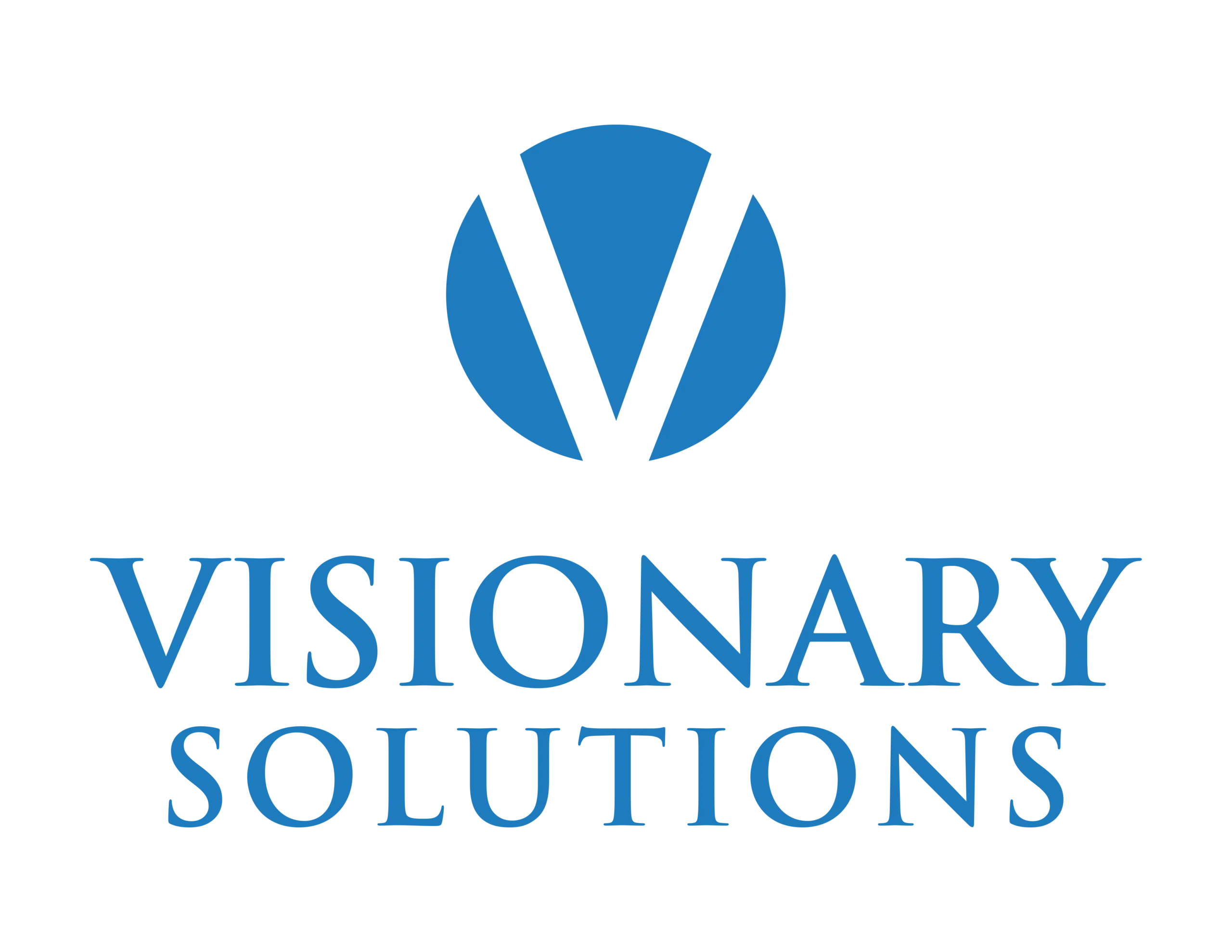The inbound call center industry is rapidly growing, and with that comes an increase in competition. If you’re looking to hire an inbound call center, it’s important to know which metrics to prioritize. From average handle time to first call resolution rate, there is a lot to keep track of. Here are 10 key call center metrics to keep an eye on when hiring an inbound call center.
What are Call Center Metrics?
An inbound call center is a telecommunication facility that primarily handles incoming calls from customers. The inbound call center is often seen as an extension of a company’s customer service department. It handles a variety of customer service-related calls, including product and service questions, billing inquiries, and technical support.
There are a number of essential call center metrics that are used to measure the performance and efficiency of the center in question. These metrics can be used to assess the efficiency and effectiveness of the call center, as well as to identify areas where improvements can be made. Some of the most common metrics used to evaluate inbound call centers include average handle time, abandoned call rate, and first call resolution rate.
10 Metrics to Prioritize When Hiring an Inbound Call Center
In order to ensure that your customer service provider is meeting your expectations, it is important to track their metrics. By doing so you will be able to identify areas where your provider is excelling and areas where they need to progress. You can then use this information to hold your provider accountable and to help them improve their service, or even look for a new one in extreme dissatisfaction cases.
1. Percentage of Calls Blocked
The percentage of blocked calls is an important metric to track when hiring an inbound call center because it indicates the percentage of calls that were unable to be connected to an agent.
This metric can be used to gauge the quality of the call center’s phone system and the ability of the staff to handle the call volume. A high percentage of calls blocked may be a sign of inefficient call center software, which could lead to long wait times for customers and a poor customer experience.
2. Contact Quality
Contact quality is typically calculated by looking at the percentage of calls that meet or exceed a certain threshold for quality.
This threshold is typically set by the call center manager and can be based on a variety of factors, including the number of calls that are answered within a certain time frame, the number of calls that are handled correctly, and the number of calls that result in a sale.
Contact quality is important to track because it provides a measure of how well the call center is performing. If the contact quality is low, it may indicate that the call center is not providing adequate service to its customers.
3. Occupancy Rate
The occupancy rate is the percentage of time that a call center is staffed and taking calls. It is calculated by dividing the number of hours that the call center is open by the number of hours that it is staffed.
The occupancy rate is important to track because it is a measure of how efficiently the call center is operating and how well agents are utilized.
A high occupancy rate indicates that the call center is able to handle a large volume of calls and is able to staff its calls efficiently. A low occupancy rate on the other hand is a sign of inefficiency.
4. Average Speed of Answer
Average Speed of Answer (ASA) – or response time – is a metric that measures the average amount of time it takes a call center agent to answer a customer’s call.
This metric is important to track because it can help identify potential problems with call center operations, such as understaffing or poor agent performance.
Additionally, ASA can be used to benchmark the performance of different call centers or call center agents.
5. Average Handle Time
Average Handle Time (AHT) is a call center metric that measures the average amount of time it takes for a call center agent to handle a customer interaction from start to finish.
AHT can be used to identify process improvements and efficiencies within the call center such as increasing the number of calls that are answered within a certain time frame or reducing the amount of time that agents spend on each call.
By reducing AHT, contact center agents can handle more calls per hour, which can lead to increased customer satisfaction and improved contact center performance.
6. Average Time in Queue
Average Time in Queue is the average amount of time that a call spends in the queue before it is answered by an agent.
This metric is important to track because it can help identify problems with the call center’s phone system or staffing levels. If the customers spend extended periods waiting in queue, it may indicate that the call center is understaffed or that the phone system is not able to handle the volume of calls which could have a huge impact on customer loyalty.
PS: The average time in queue is not the same as the average answer speed we mentioned above. The metric average time in queue is a measure of how long, on average, callers wait in queue before their call is answered. The average speed of answer is a measure of how quickly, on average, incoming calls are answered once they are received.
7. First Contact Resolution
First contact resolution (FCR) is a metric that measures the percentage of customer inquiries that are resolved on the first contact with the customer service department. It is calculated by dividing the number of customer inquiries that are resolved on the first contact by the total number of customer inquiries received.
First contact resolution is important to track because it is a measure of the efficiency of the customer service department.
A high FCR means that the department is able to resolve most inquiries on the first contact, which saves the company time and money. When it’s low, it indicates that the department needs to improve its ability to resolve common customer issues and inquiries.
8. Call Abandonment Rate
Call abandonment rate is the percentage of inbound calls that are not answered by an agent within a certain period of time.
This call center KPI can help you determine how well your call center is staffed and whether or not your agents are able to handle the volume of calls they are receiving.
A high call abandonment rate may indicate that your call center is understaffed or that your agents are not able to handle the volume of calls they are receiving which could lead to customer churn and loss of business.
9. Missed and Declined Calls
Missed calls are calls that were not answered by an agent, while declined calls are calls that were answered by an agent but then disconnected before being completed.
Both metrics are calculated by taking the total number of inbound calls received and subtracting the number of calls that were answered. These figures are important to track because they can help identify how well a call center is performing.
If a call center has a high number of declined calls, for example, it may be an indication that the call center is not adequately staffed or that the call center employees are not properly trained.
10. Customer Satisfaction
Customer satisfaction in inbound call centers measures how well a company’s customer service representatives handle customer calls.
There are a few different ways to determine customer satisfaction in inbound call centers. One method is to use a customer satisfaction survey. It can be given to customers after they have interacted with a call representative and should ask questions about the customer’s experience and whether they were satisfied with the service they received.
Another option is to track the number of repeat calls that are made to the call center. If a customer calls back multiple times, it is likely that they were not satisfied with the service they received.
You can also check the number of complaints that are made to the call center. If a customer is unhappy with the service they received, they are more likely to file a complaint.
Key Takeaways
By keeping an eye on these 10 important customer experience metrics, you can ensure that you’re hiring the best possible call center for your needs. And remember that happier customers equal a higher bottom line! So choose your inbound call center partner well.
Looking for inbound call center in Miami ?
With Visionary Solutions increase your bottom line, ROI, and overall customer satisfaction with a trusted call center partner
Our highly trained agents provide a full suite of services. We’re always equipped and ready to handle your B2B or B2C campaigns




